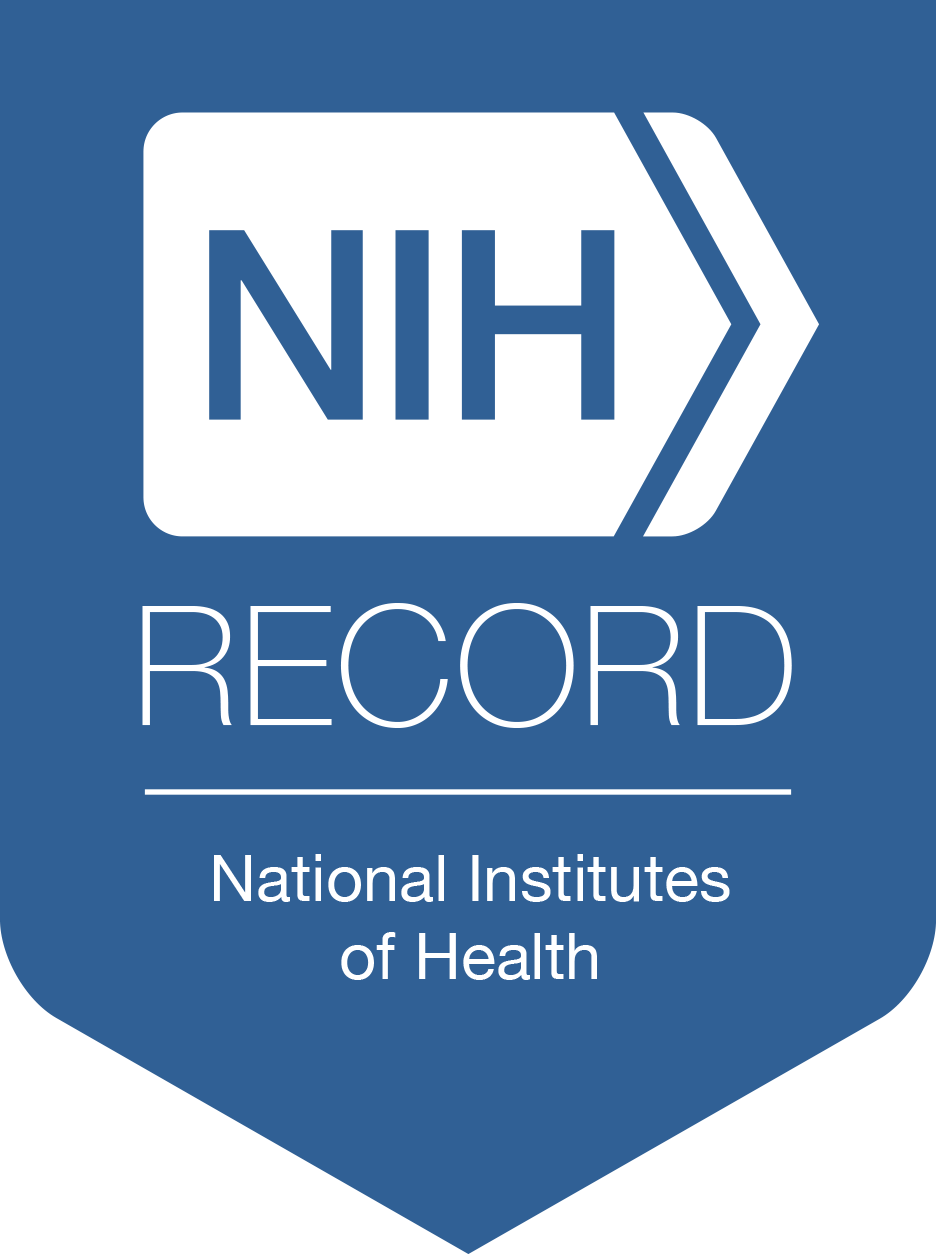Infant with Rare, Incurable Disease Receives Personalized Gene Therapy

Photo: Children's Hospital of Philadelphia
An NIH-supported research team has developed and safely delivered a personalized gene-editing therapy to treat an infant with a life-threatening, incurable genetic disease. Baby KJ, who was diagnosed with the rare condition carbamoyl phosphate synthetase 1 (CPS1) deficiency shortly after birth, responded positively to the treatment.
The process, from diagnosis to treatment, took only six months and marks the first time the technology has been successfully deployed to treat a human patient. The technology was developed using a platform that could be tweaked to treat a wide range of genetic disorders and opens the possibility of creating personalized treatments in other parts of the body.
The research team developed the customized therapy using the gene-editing platform CRISPR. They corrected a specific gene mutation in the baby’s liver cells that led to the disorder. This is the first known case of a personalized CRISPR-based medicine administered to a single patient. It was designed to target non-reproductive cells so changes would only affect the patient.
CPS1 deficiency prevents the liver from fully breaking down protein byproducts, causing toxic levels of ammonia accumulation. Treatment includes a low-protein diet until the child is old enough for a liver transplant. However, in this waiting period, there is a risk of rapid organ failure. High levels of ammonia can cause coma, brain swelling and may be fatal or cause permanent brain damage.
Baby KJ received a very low dose of the therapy at six months old, then a higher dose later. The therapy was effective almost from the start: he began taking in more dietary protein, and the care team could reduce the medicine needed to suppress ammonia levels. He also weathered two unrelated illnesses that could have been extremely dangerous without the gene therapy.
Much work remains, but the researchers are cautiously optimistic about the baby’s progress. The scientists described the study in The New England Journal of Medicine.
